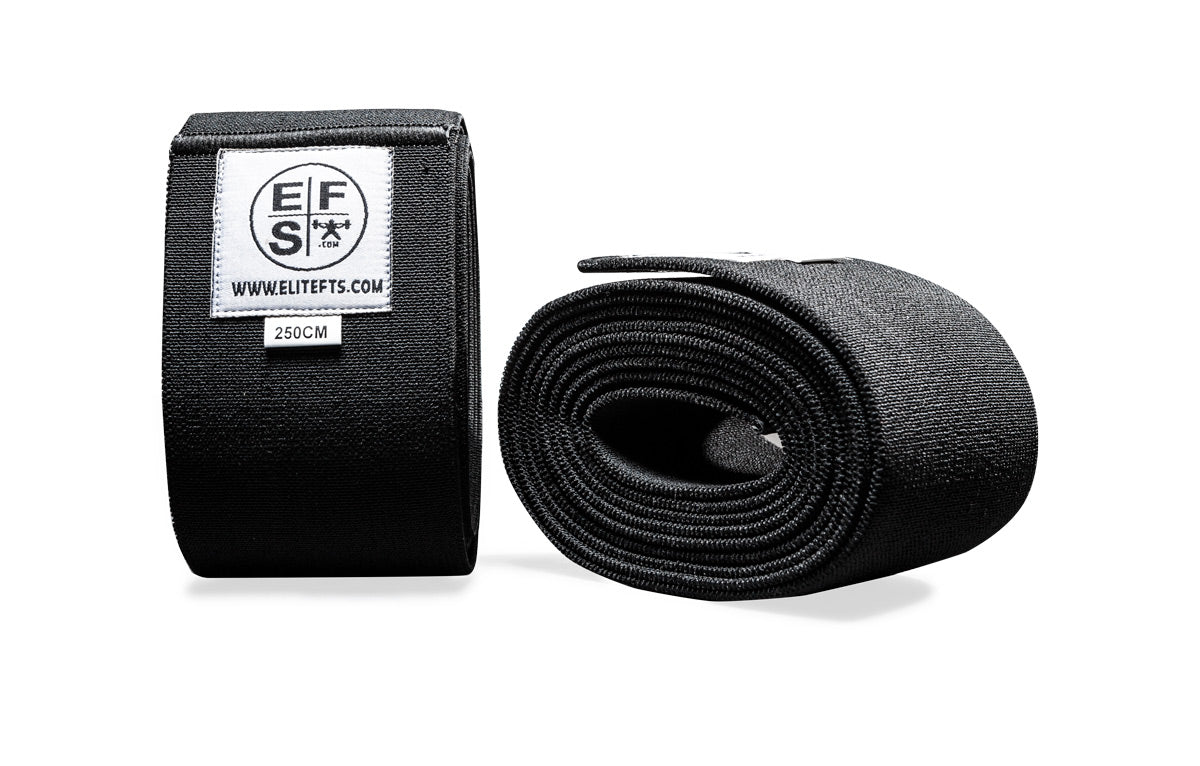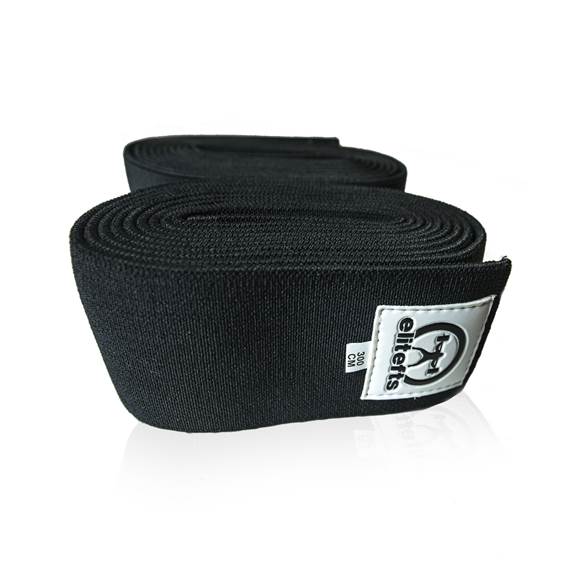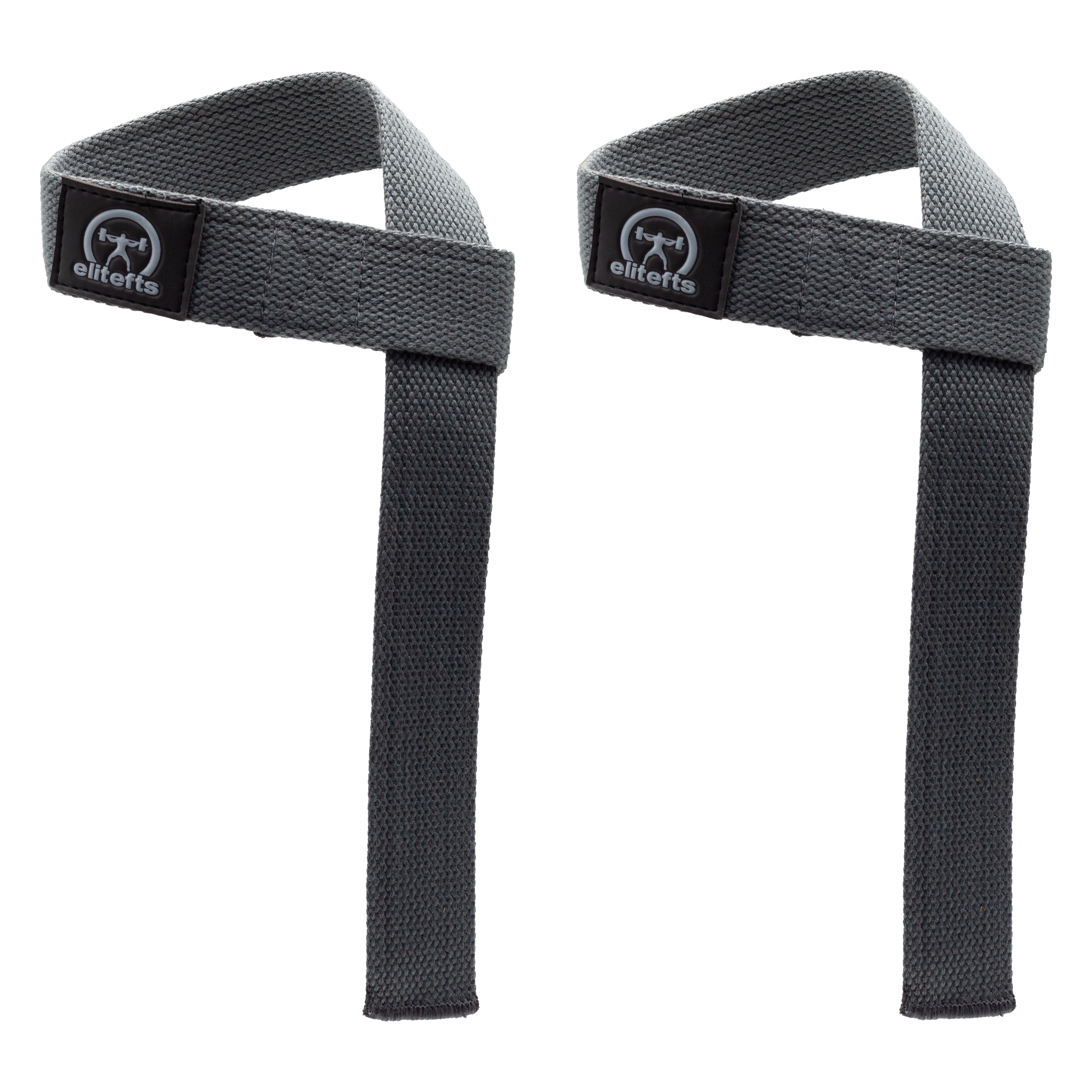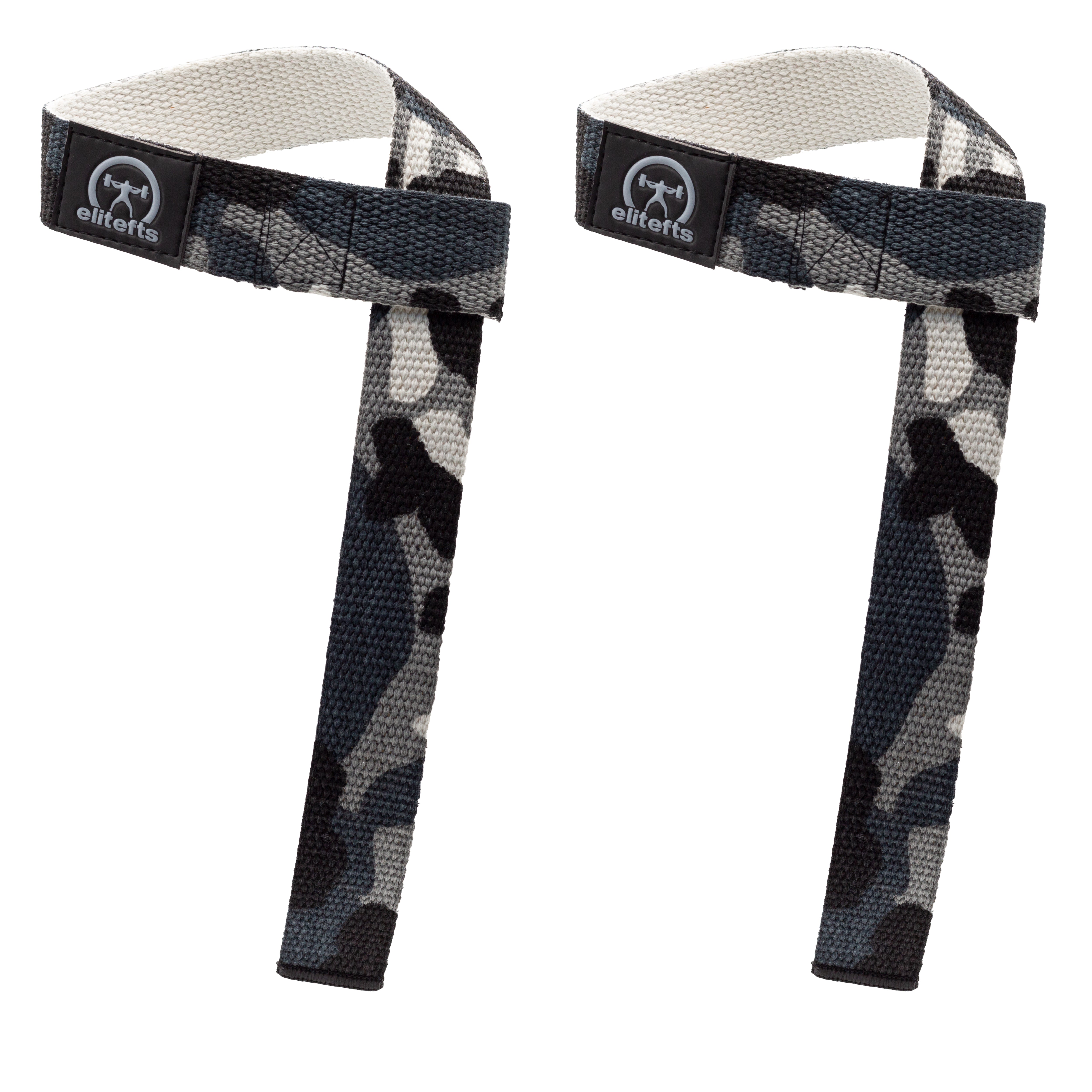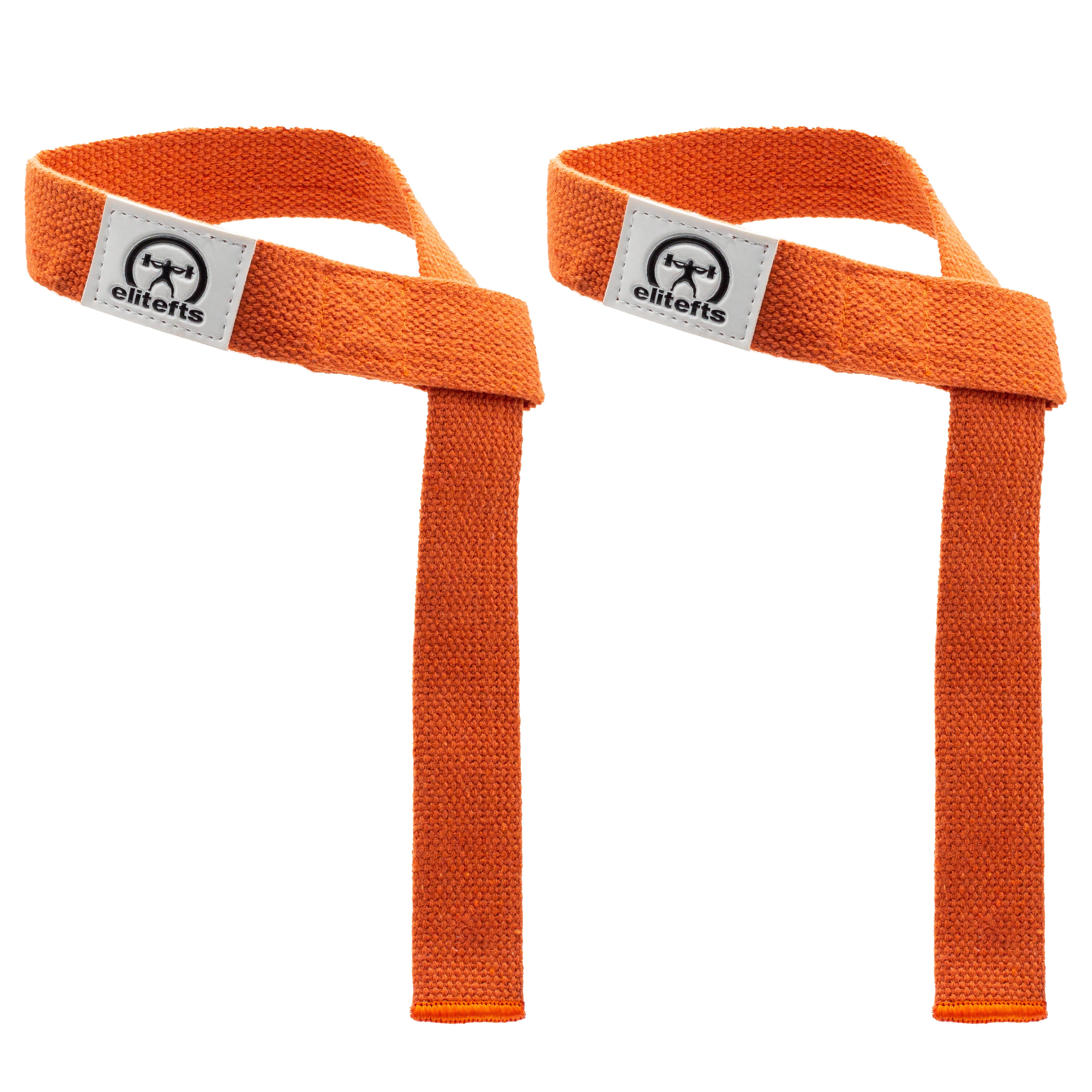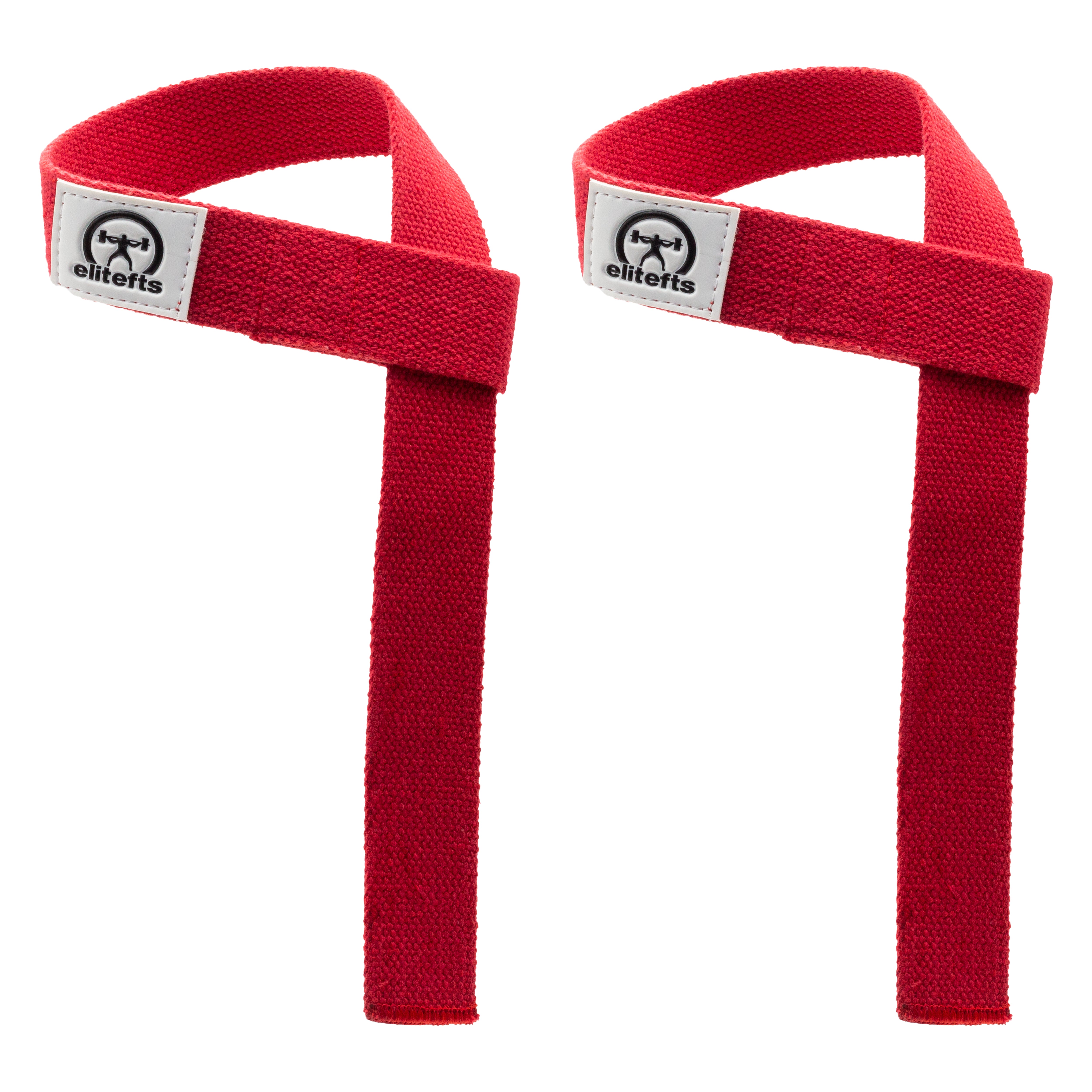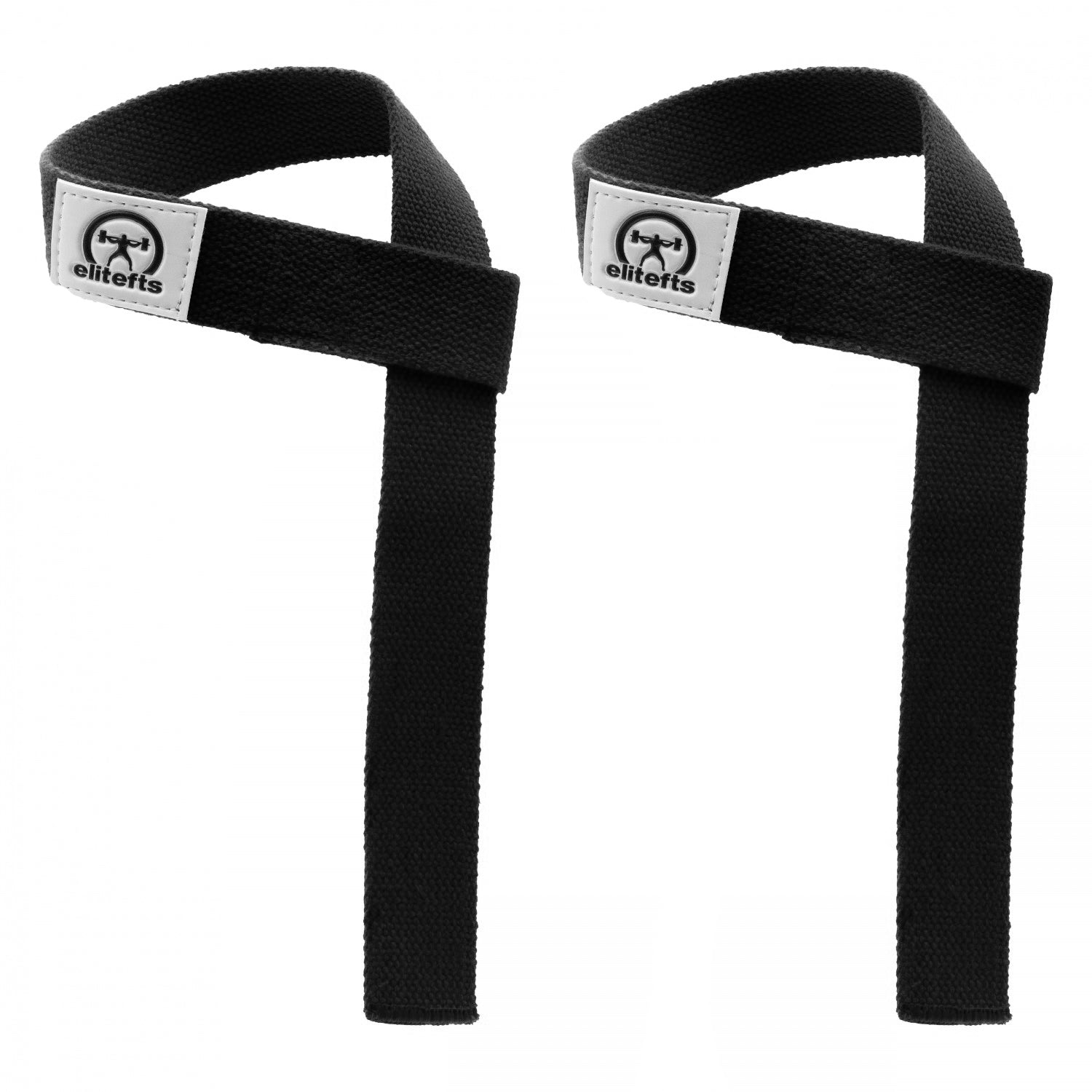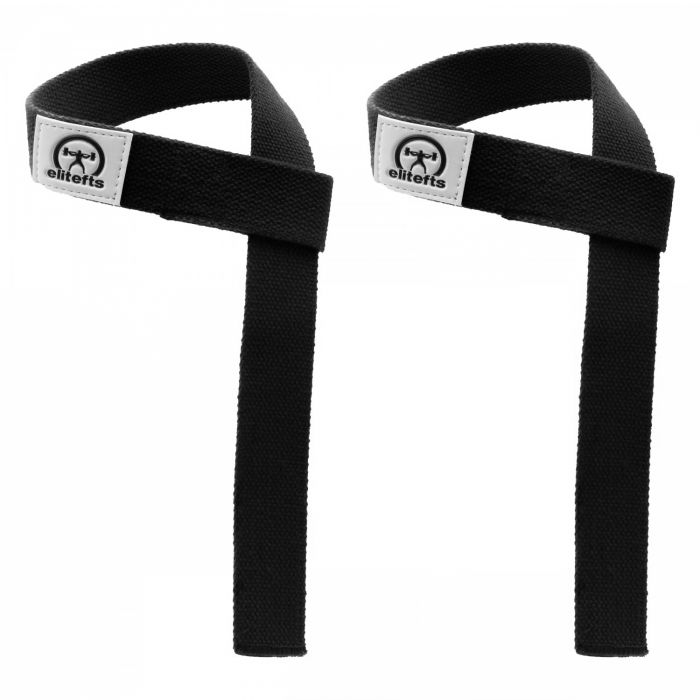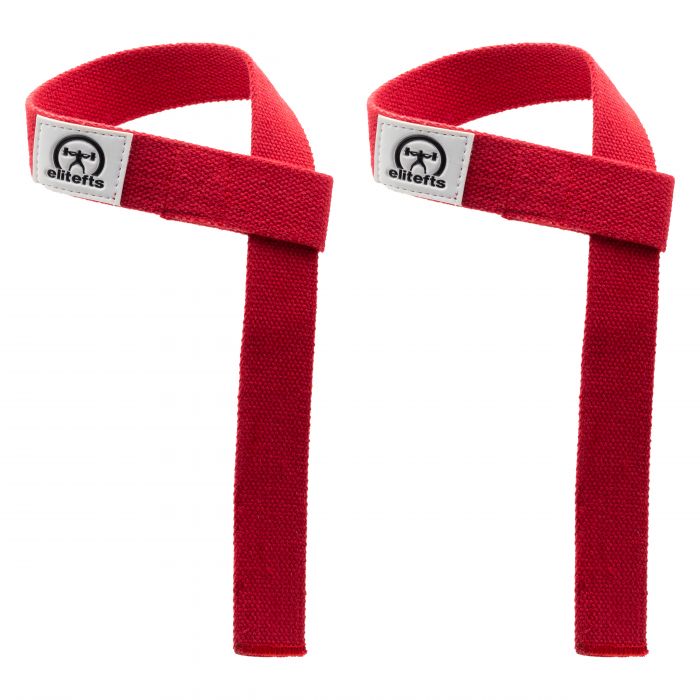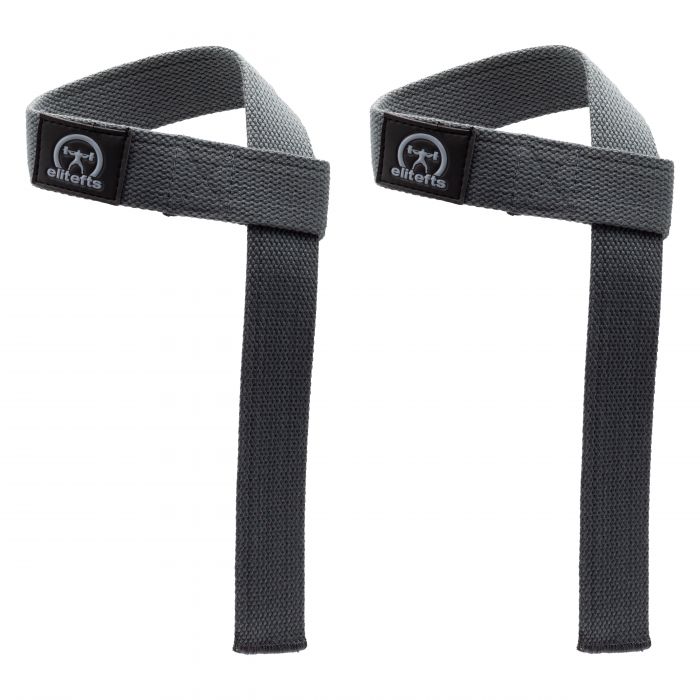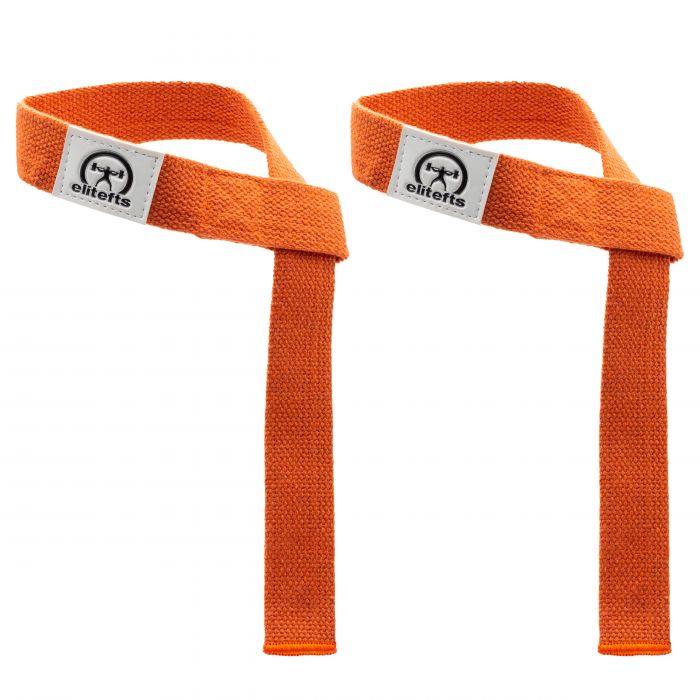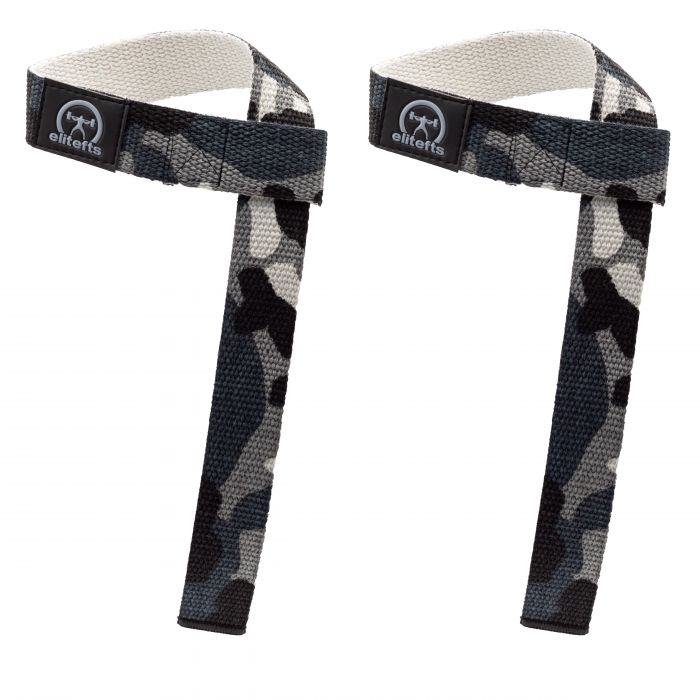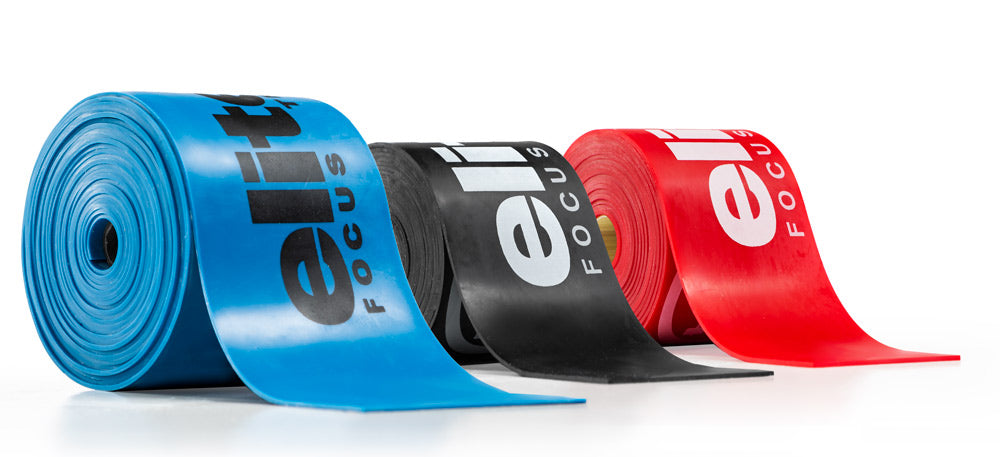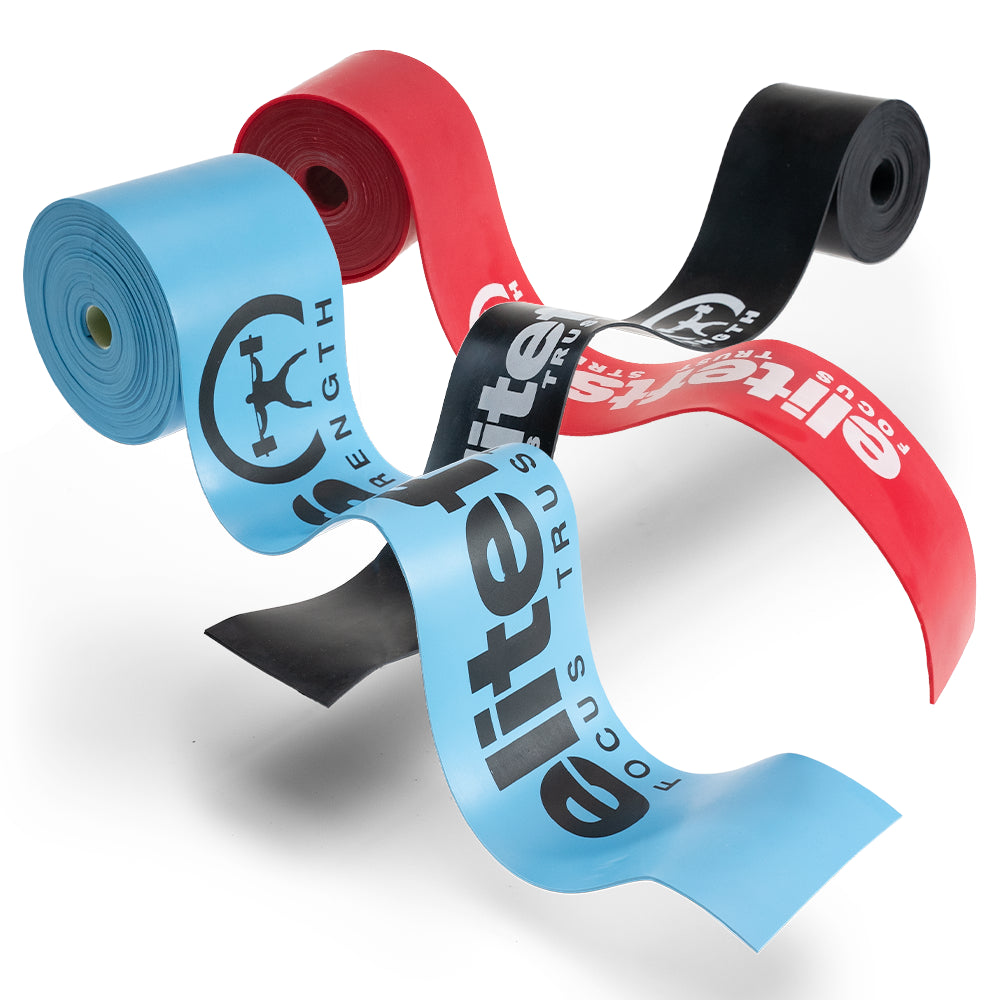Glute-Ham Raise (GHR), but it wasn’t until I was hired to work with the owners of a small fitness studio in Oakville, Ontario that I got to try one. I don’t believe that a strength coach needs to be able to perform all of the exercises expected of the athletes. This month finds me working with a professional football player — football being the 25th sport I have worked in. Most of the athletes that I have worked with from these 25 sports were or are at the world class or international level. While I do believe in having my own experience with as many exercises as possible and being able to correctly demonstrate as many exercises as possible, I have never expected myself to be able to do each possible exercise that top level athletes from 25 different sports need to do. As a result, even though I had never tried the
GHR, I would have been ready to place the exercise in the program of the two studio owners if I thought that it would suit their particular goals. However, in my estimate, the
GHR was not chosen for their programs, and in the entire year that I worked with them, I did maybe a total of three or four sets of
GHRs. When I started training myself in a local strength and conditioning facility is Mississauga, where I now live, I had the opportunity to really get acquainted and experiment with the
GHR. As with all exercises, I put the
GHR through several stages in understanding before potentially applying it.
Stage 1: What is the movement?
At the most basic level, I look at the exercise to understand what movement is being performed. TheGHR is knee flexion with the lower leg as the anchor point. This is in contrast to any type of leg curl that is also knee flexion, but instead has the thigh as the anchor point. This difference is significant because some studies point to the phenomenon that if the same movement is preformed with opposite anchor points, the recruitment pattern of the involved muscles is changed. (5)

One of the key graphs in exercise physiology is the length-tension that shows how the relationship between muscle length and muscle force is a reverse U. When the muscle fiber is long, its force production capabilities are limited. At slightly past resting length, the muscle is the strongest. When the muscle shortens, its force production capabilities diminish again. In many cases, based on its structure, an exercise can be considered to challenge a muscle primarily at the long, mid-range, or short length. To understand at what length the
GHR targets the hamstrings, we look at the length of the hamstring in the most challenging point of the exercise. In the
GHR the hamstrings are elongated at the knees (the knees are straight), but contracted at the hip (the hips are neutral). Thus, we can conclude that the
GHR primarily challenges the hamstrings at the mid-range. One framework in which to select exercises that secure a full stimulation of a muscle is to choose three exercises(6): Exercise 1: Challenges the muscle in the elongated position. Exercise 2: Challenges the muscle in the mid-range. Exercise 3: Challenges the muscle in a shortened position. Looking at the
GHR, one might also expect some activation of the back extensor muscles.
Stage 2: Try the movement.
If I am able to perform the movement muscle, I try it. Initially, theGHR lived up to the expectations — there was a feeling of strong contraction in the hamstrings area, as well as in the lower back. Contrary to what the name implies, I believe that the
GHR is not really a glute exercise (hip extensor exercise). (3) The glutes (gluteus maximus muscles) are certainly active in the
GHR, but that is not enough to optimally stimulate the muscle. To learn about a new movement, I also watch videos and read articles from people whose opinions I value and trust. During my initial test, I realized that there was no tension at the top of the movement. What I had not considered was that the solution is to angle the entire
GHR bench. In the video, Dave talks about pressing the toes into the plate to shut down the calves. During my process of understanding the GHR, I simply took note of the apparent contraction (maybe I got it wrong), and tried to sort it out later.
Stage 3: Search for scientific research on the particular exercise.
In my first search last fall, I found no scientific research on theGHR. This has since changed, but what I did find in the fall were several studies that investigated the Razor Curl. This exercise is supposedly a more “functional” exercise to train the hamstring muscles. In the above video of the Razor Curl, you can see that the torso is kept horizontal throughout the movement. This keeps the hamstrings elongated at the hip, as opposed to shortened at the hip as in the
GHR. Here are reviews of the three studies I found:
Study #1
Non contact-ACL injuries commonly occur in sports that require cutting, pivoting, sudden deceleration, and jumping. Female athletes experience a four to six times greater risk of non-contact ACL injuries compared to their male counterparts. Environmental, hormonal, anatomical, and motor control injuries have been mentioned as culprits for non-contact ACL injuries in women. Among the listed factors, motor control factors are the easier to modify. It has been documented that during athletic tasks of jump landings, women tend to display decreased knee-flexion (they land on straighter knees), increased quadriceps activation, decreased hamstring activation, and increased knee-valgus (knees drop inwards) than their male counterparts. Female athletes have been described as “quadriceps dominant” during a variety of athletic activities including running, cutting, and jumping. Quadriceps dominance refers to the quadriceps firing or being activated first during activities that would have been more beneficial to have the hamstrings fire simultaneously or before quadriceps activation. Early and sufficient hamstring activation is desirable the contraction force from that muscle group is what protects the knee joint from anterior tibial stress. This is the stress that predisposes an athlete to an ACL injury. Ideal jump landings involve about 90 degrees of hip and knee flexion. This position requires the hamstrings to flex at the knee joined when the hips are flexed. Lack of strength in this position may result in landing on extended knees, which predisposes athletes to ACL injuries. When the hamstrings are weak, the appropriate timing of the firing is sacrificed. This study examined the so-called Razor Curl that is performed on a GHR. The athlete begins with the knees extended and the hip joint neutral. The concentric phase is performed by simultaneous knee and hip flexion. The purpose of the Razor Curl is to strengthen the hamstrings as knee flexors while the hips are flexed.
The Razor Curl resulted in an electromyographical activity of 220% of maximal voluntary isometric contraction (MVIC) of the medial hamstrings group, 140% of MVIC of the lateral hamstring muscle group, and 100% of MVIC of the gluteus maximus muscle. (1) The researches were happy that it was the medial hamstring muscle group that showed the greatest muscle activation, because this muscle group’s insertion (along the anterior aspect of the medial tibia) provides an ideal line of pull to protect against anterior tibial stress. The lateral hamstrings that insert in the fibula head and the IT Band provides for a weak protection against anterior tibial stress.
Study #2
This study tested muscle activation of the Razor Curl in comparison with a prone hamstring curl. Eight female intercollegiate athletes (Division 1) with resistance training experience participated in the study during their off-season. Fundamentally, the load in the Razor curl is body weight, but it was not reported which load or tempo was used in the prong hamstring curl. For an ideal comparison, the researchers would have calculated the percentage of the bodyweight that is lifted in the Razor Curl and used a similar load in the prong hamstring curl. The results showed a greater total activation of the medial hamstrings, biceps femoris, gluteus maximus, and gluteus medius in the Razor Curl compared to the prone hamstring curl. The difference, however, was not significant.Study #3
This study examined hamstring activation in four different exercises: theGHR, the good morning, the Romanian deadlift, and the prone leg curl. “Resistance trained” subjected participated in the study and muscle activation levels were examined during the concentric and eccentric phases of single repetitions with 85% of 1RM in the respective exercises. The researchers found that the
GHR resulted in the highest hamstring activity for both the medial hamstrings (semimembranosus and semitendinosus), the lateral hamstrings (biceps femoris long and short head) as well as the erector spinae muscles. (3) I watched the above video initially to learn about the
GHR. There are overlapping comments with the previous video, but there is also interesting commentary on the
GHR setup and hand position. Overall, I have encountered four different hand positions. Ranging from easiest to most difficult they are: hands behind back on pelvis, hands across chest, hands behind head (prisoner style), and hands above head (overhead squat style).
Conclusion
TheGHR and Razor Curl both result in high degrees of hamstring activation by utilizing similar movements. However, the hamstrings are challenged at different muscle lengths. Exercises that are somewhat similar can be used in a periodized sequence. The next installment will show how the
GHR, the Razor Curl, and other hamstrings variations can be periodized within the Flexible Periodization Method.
References
- Oliver GD, Dougherty CP. The Razor Curl: A Functional Approach to Hamstring Training. Journal of Strength and Conditioning Research. 23(2):401-405.2009
- Oliver GD, Dougherty CP. Comparison of Hamstring And Gluteus Muscle Electromyographic Activity While Performing The Razor Curl vs. The Traditional Prone Hamstring Curl. Journal of Strength and Conditioning Research. 23(8): 2250-2255. 2009
- McAllister MJ, Hammond KG, Schilling BK, Ferreira BC, Reed JP, Weiss LW. Muscle Activation During Various Hamstring Exercises. Journal of Strength And Conditioning Research. Published ahead of Print
-
http://www.t-nation.com/free_online_article/most_recent/gutting_the_gluteham_raise - Halet KA, Mayhew JL, Murphy C, Fanthorpe J. Relationship of 1 repetition maximum lat-pull to pull-up and lat-pull repetitions in elite collegiate women swimmers. Source Human Performance Laboratory, Truman State University, Kirksville, Missouri 63501, USA.
-
http://pjlusa-exercise.blogspot.com/2006/01/positions-of-flexion-by-steve-holman.html

























































